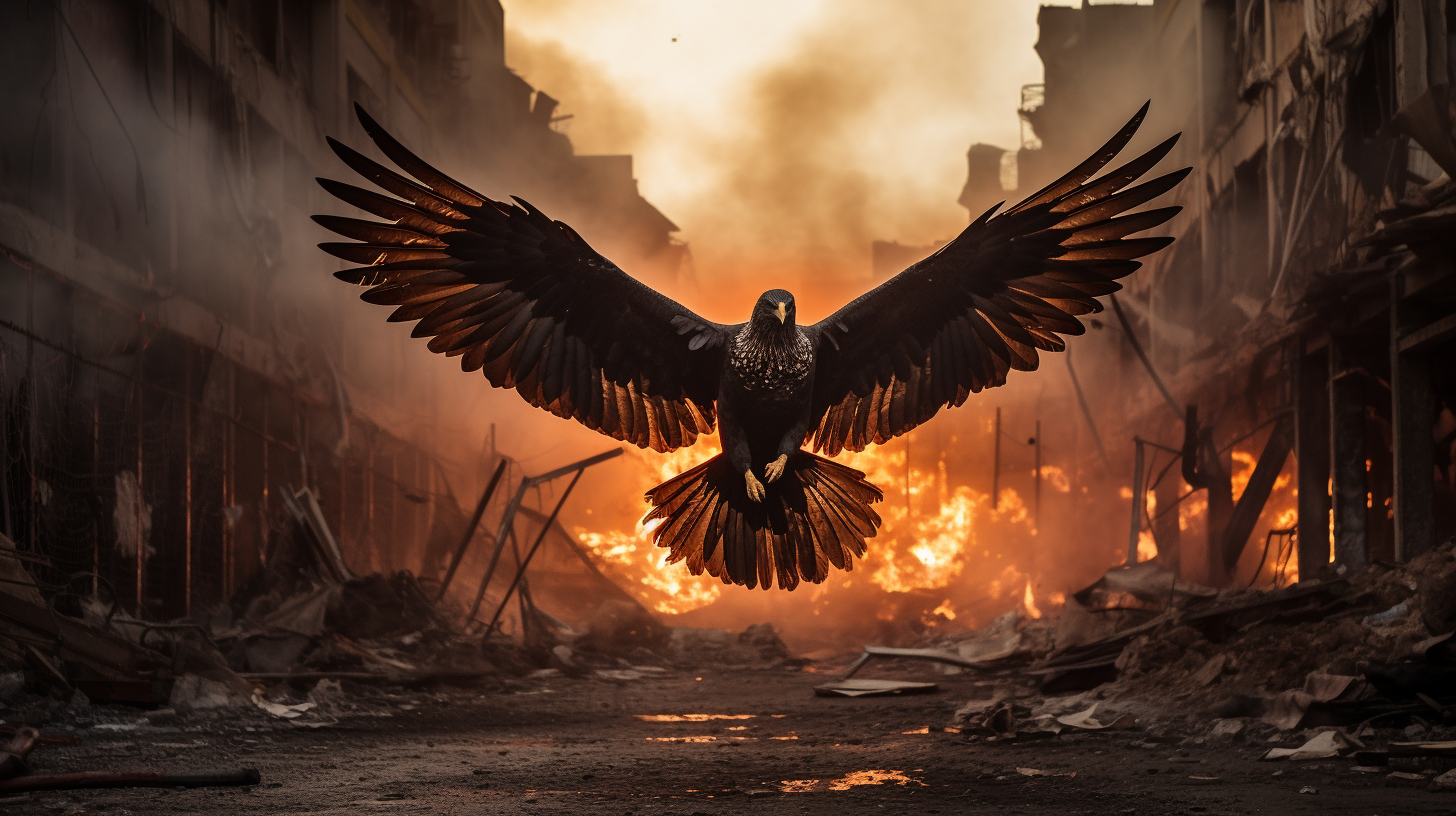In a desolate landscape where concrete and steel have long suffocated the breaths of wild flora and fauna, a question hangs heavy in the soot-filled air: Will the Phoenix Fly – Rewilding the Urban Concrete? For generations, the narrative has been one of relentless expansion, a monochrome quilt of urban sprawl leaving less and less room for the verdant garments of nature. But amidst this bleak tableau, a new chapter is cautiously being inscribed, one of rewilding, a term newly appropriated for nature’s courageous sally into our urban fortresses.
In the heart of the steel jungle, remnants of life’s tenacity sprout through cracks in the asphalt. The pervious underbelly of our cities has begun a slow metamorphosis; locations once relegated to refuse and neglect quietly undergo a transformation. Majestic wildflowers reclaim derelict lots, and shrubs defiantly line the alleyways. These are not the manicured gardens of old but a burgeoning wilderness that scoffs at human precision.
Following the narrative claims of ‘Urban Jungles Sprouting Up – Nature’s Unlikely Comeback’ and ‘Can Rooftop Gardens Unearth Urban Salvation?’, the mechanisms through which nature reclaims urban spaces reveal a complex symphony of decay and birth. Akin to those before, it tests the hypothesis that nature might yet renew what was thought irreversibly lost. This rewilding bids us to ask: Are these concrete landscapes undergoing a form of ecological reincarnation?
Indeed, cities are seeing more community-led rewilding initiatives, and urban agriculture is more than a fanciful trend. It continues to morph into an emblematic endeavor of resistance. The soil is tilled on rooftops; community gardens abound, becoming oases for both humans and wildlife. The efforts parallel what has been happening at ground level, where birds and bees are rediscovering urban environments as thriving habitats.
Amidst the sounds of traffic, you can now hear the buzzing of pollinators and the rustling of leaves, a testament to nature’s irrepressible force. With each square foot of rewilded city-scape, biodiversity blooms. Birds, once rare vestiges, now unfurl their wings under the shade of urban trees that have fought for every inch of sky.
But one must not be misguidedly romantic about these developments; they come with a sobering reminder that nature’s fightback doesn’t reverse the damage done. No, this isn’t nature’s grand victory but rather a haunting echo of resilience within a realm where hope has long since been relinquished. We are witnesses to a dystopian dance, entranced by what appears to be a rebirth, but is it not merely the last gasps of a world gasping for air?
However, this does not detract from the metaphysical beauty manifesting in these newfound havens. Here, a child might still marvel at a butterfly’s flight, even if unaware of the greater environmental undoing happening beyond the city’s pulsing veins. Yet, there’s something undeniably profound about this juxtaposition; the attempt to fly when the outcome is an inexorable fall.
The question remains, then: Can the phoenix in our concrete-laden realms truly take flight? There is cautious wisdom in the notion that the urban concrete can transform, that it can play host to life once again. But perhaps, the greater wisdom resides in acknowledging the relentless spirit of that which we’ve sought to subdue.
The symbolic rewilding of urban spaces forces us to consider not only the physical act of greening our cities but to also introspect about the spiritual rewilding of the human soul amidst this slow-motion dystopian unraveling.
Will the Phoenix Fly – Rewilding the Urban Concrete paints a picture using broad strokes of green against the gray backdrop of our modern human existence. It asks us not only to observe the reclamation but to partake in it, to nurture it, and to question deeply our path forward or the lack thereof. As our buildings sprout with unlikely leaves, and as wildlife resettles amidst the forgotten corners of our world, there lies a quiet, pervasive challenge to the narrative of doom—to listen closely and perhaps learn something from the whisper of growth amidst silence.
In the end, the rewilding of our cities poses a paradox: a burgeoning renewal that signals both an end and a reminder to reflect deeply on the intrinsic value of the interface between human and habitat. It’s not about whether the Phoenix can fly, but whether we will allow it the sky to do so.
